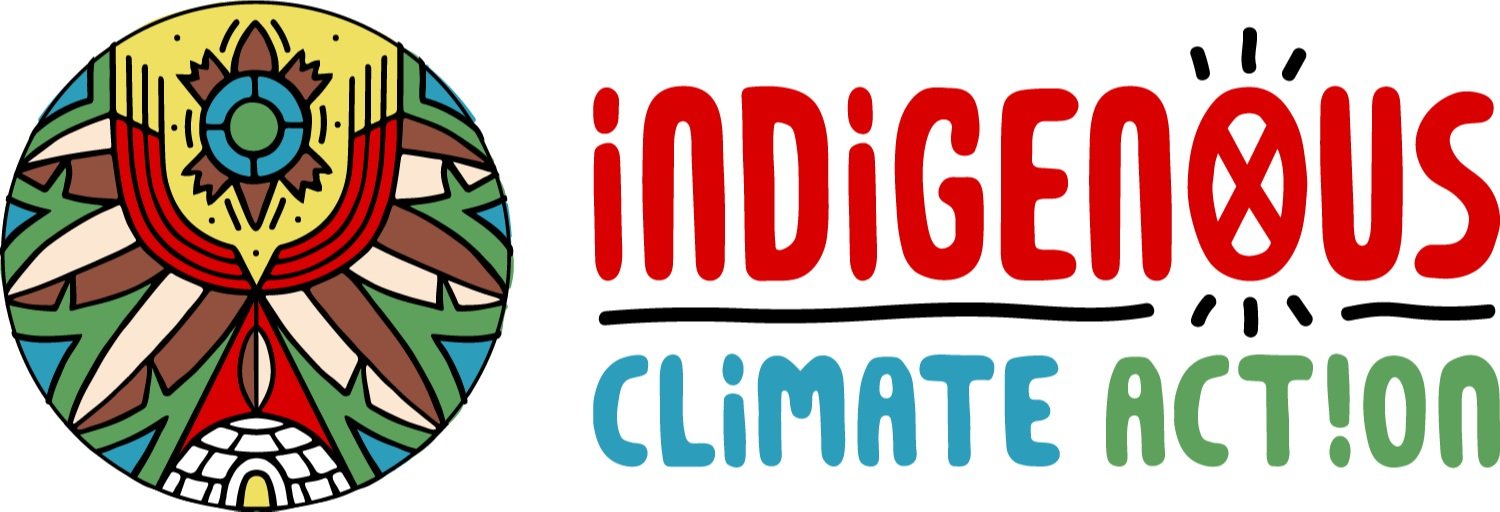Ongoing toxic tar sands tailings breach highlights gross negligence from Alberta Energy Regulators (AER)
FOR IMMEDIATE RELEASE | 02 March 2023
Fort Chipewyan, Alberta, Indigenous Land - Earlier today, the Athabasca Chipewyan First Nation (ACFN) issued a press statement describing the impacts of a major spill and ongoing leaking of toxic tailings containment at Imperial’s Kearl mine into the Athabasca watershed. The press statement described a spill of 5.3 million litres of toxic tailings from an overland breach on February 4, 2023 and an additional four separate tailings that have been ongoing since at least May 2022. The overland spill volume makes this the largest spill of toxic tailings in Alberta history.
“Time and time again we have been told to trust that the Alberta Government will protect our lands and waters and that industry has our best interests in mind, and once again this trust has been broken.”
“This is enraging,” exclaims Eriel Deranger, a member of ACFN and Executive Director of Indigenous Climate Action. “Time and time again we have been told to trust that the Alberta Government will protect our lands and waters and that industry has our best interests in mind, and once again this trust has been broken. Not only did they fail to protect our lands and territories and protect our rights, they didn’t even bother to directly inform our communities so that operations weren’t affected. It’s always profits before people in the tar sands and it's our communities that pay the ultimate price. This feels like the Syncrude ducks incident of 2008 all over again.”
“These people are criminals and should be tried for the violence they are allowing on our territories,” continues Deranger. “If this happened in Vancouver or Toronto or any other urban center, the people responsible would be held accountable. Our communities deserve the same justice.”
The data from this toxic tailings breach shows that the Alberta Energy Regulators* (AER), the single regulator of energy development in Alberta, has known since May of 2022 that the leaching of these chemicals was first documented.
“This incident demonstrates a complete disregard by AER for their own processes and suggests AER is colluding with big oil to prioritize profits over the rights, safety and well-being of the local Indigenous communities.”
“They did nothing to sound an alarm and warn communities downstream. Not only is this negligent and irresponsible, it is also a direct violation of Indigenous and human rights,” comments Sheila Muxlow, Associate Director with Indigenous Climate Action. “This incident demonstrates a complete disregard by AER for their own processes and suggests AER is colluding with big oil to prioritize profits over the rights, safety and well-being of the local Indigenous communities.”
“These impacts are felt immensely in downstream Indigenous communities and continues to perpetuate the ongoing genocide of Indigenous peoples and yet it’s become common for Indigenous communities to be the last to be informed.”
Imperial Oil has been operating the Kearl mine since 2013 and operates one of seven (7) open pit mines and one (1) of the nineteen (19) tailings holdings lakes within the territories of Treaty No. 8 and the Peace Athabasca Delta. Projects like the Kearl Tar Sands mine and associated tailings have left a scar on the ecosystem large enough to be seen from space. Breaches, spills, and leaks are so commonplace that industry and government regularly downplay the impacts and remediation needs.
“These impacts are felt immensely in downstream Indigenous communities and continues to perpetuate the ongoing genocide of Indigenous peoples and yet it’s become common for Indigenous communities to be the last to be informed.” comments Jesse Cardinal, Executive Director with Keepers of the Water. “We must push back on this prioritization of industry growth over the health of our planet and allow for Indigenous peoples to assert their sovereignty and decision-making over our territories.”
“The Alberta Government is clearly incapable of managing the health and well-being of our territories in a good way,” expresses Daniel T'seleie, ICA board member and outreach worker for Keepers of the Water. “They claim there are no impacts to animals, yet ACFN has photos of Moose within the spill zone. The contamination and poisoning of downstream communities and surrounding watersheds has been well documented and now we see one of the largest toxic spills over the lifespan of this industry in 2023 despite years of calls to phase out these toxic tailings. They continuously try to convince us that they are improving the operations and ensuring that those of us who live on these territories won’t have adverse impacts, but things are only getting worse!”
“They claim there are no impacts to animals, yet ACFN has photos of Moose within the spill zone. The contamination and poisoning of downstream communities and surrounding watersheds has been well documented...”
“There is no better indicator to show a system is broken, then when governments harbours information that threatens the health and well-being of community members for the interests of corporations,” states Vanessa Gray, ICA’s divestment coordinator. “This is ongoing colonialism and violence being imposed knowingly and willingly on Indigenous peoples and other local peoples who live and depend on the Athabasca Delta basin watershed. This is a far reaching issue where companies like Imperial Oil do not disclose the life-threatening impacts the exposure of the chemical’s they are responsible for. In communities like mine, the Aamjiwnaang First Nation, Imperial is the oldest and highest emitting company. Imperial benefits from the lack of information shared about the risks community members who face on-going exposure have to hold the company accountable to the long-term exposure impacts.”
“There is no better indicator to show a system is broken, then when governments harbours information that threatens the health and well-being of community members for the interests of corporations.”
This injustice is not new and grossly ongoing. The risks and ongoing harm to the land, waters and surrounding Indigenous communities is well known to both the AER and the Alberta government. The cumulative effects of the PAH chemicals and the increases in cancers and disease within all the living beings who live downstream has been well documented in the various reports, documentaries and news stories. Despite clear evidence that the world needs to move away from fossil fuels, the colonial governments are continuing to push for the expansion of and creation of more tar sands projects and seeking to entrench this strategy through the Alberta Sovereignty Act and opposition to the Federal Government’s Just Transition legislation.
Media Contacts:
Rosalyn Boucha, Indigenous Climate Action
rosalyn@indigenousclimateaction.com
Jesse Cardinal, Keepers of the Water
ed@keepersofthewater.ca
Please help us amplify! Amplification kit can be accessed here.
*The Alberta Energy Regulator has had many names since its creation in 1938. Completely funded by Industry, the AER is the only regulator of energy development in Alberta and is responsible for the development of oil, oil sands, natural gas, and coal resources over the entire energy cycle. They claim they are also responsible for “protecting the environment while providing economic benefits for all Albertans” (AER, Who We Are). In the case of this massive oil spill, the economic benefit of continuing operations was prioritized over the lives of surrounding communities. This points to the ongoing need for Indigenous participation and decision-making processes over our lands and territories in order to protect ourselves from these colonial systems that do not prioritize health for us and our future generations.

